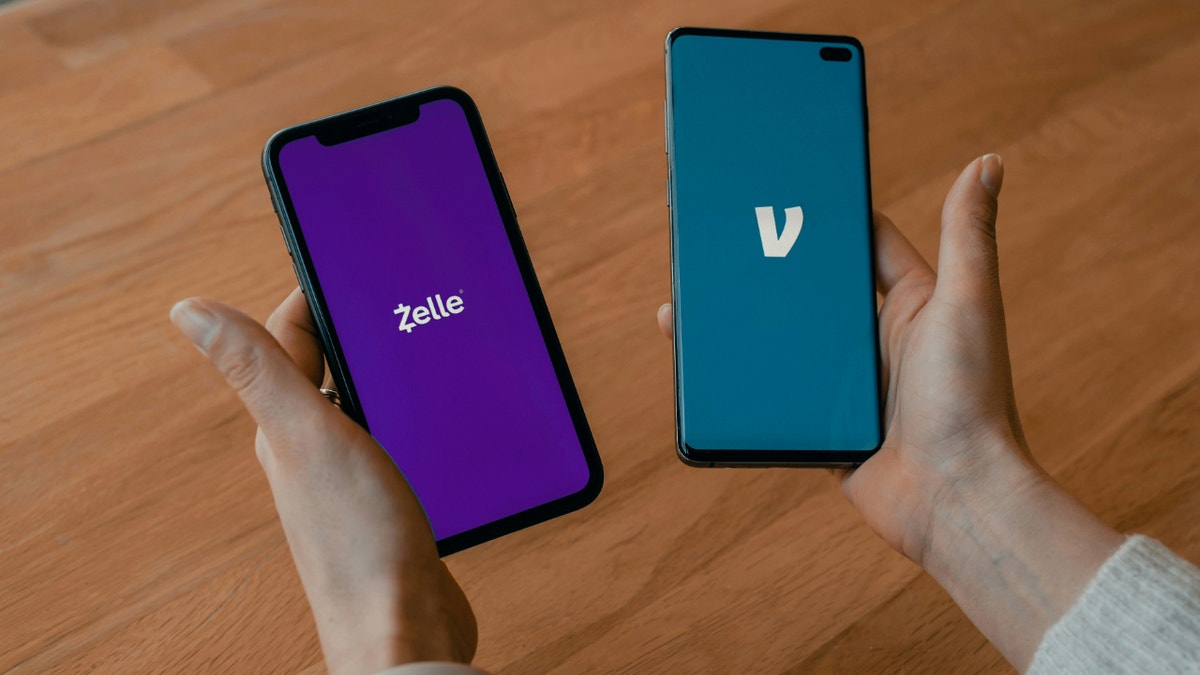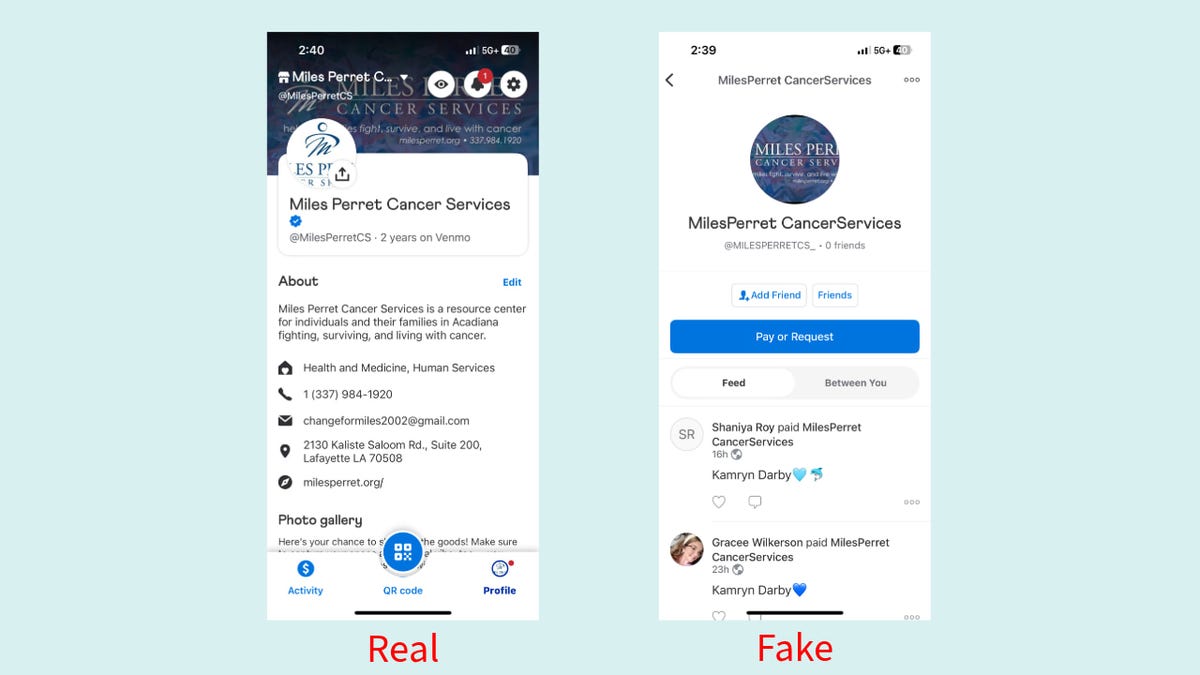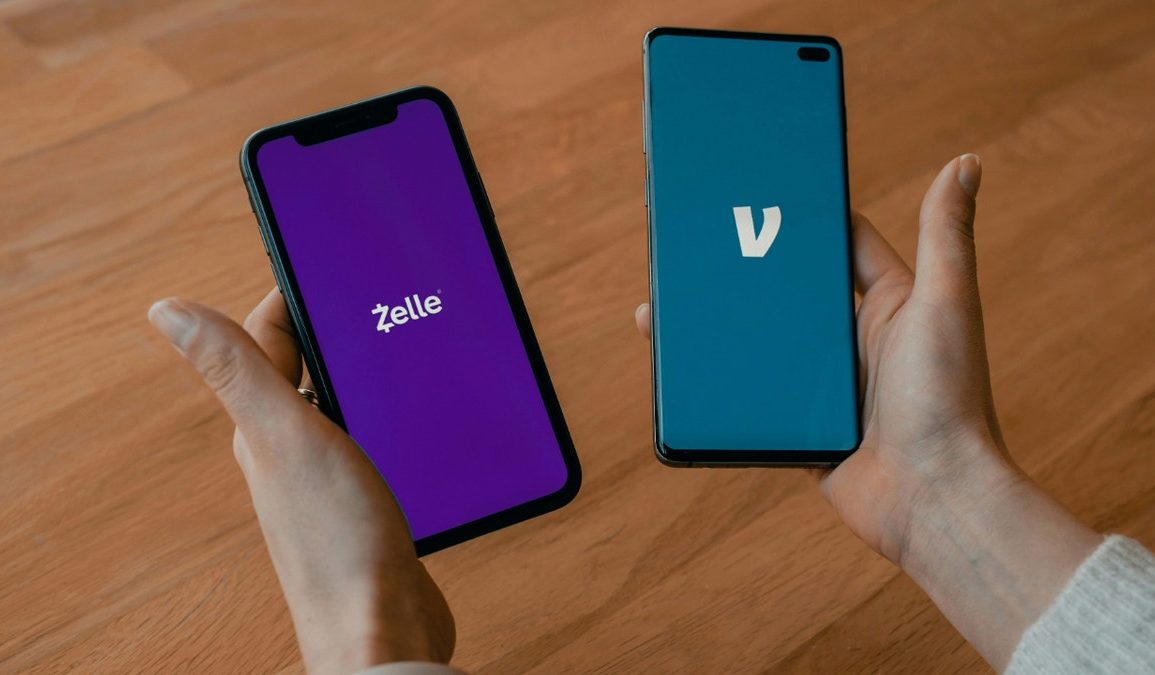NEWYou can now listen to Fox News articles!
Apps like Venmo, Zelle, Cash App, and PayPal have changed how we move money. They are fast and convenient, but with that ease comes exposure. If you send funds to the wrong person, they are likely gone for good. There is often no real path to recovery, especially when the recipient disappears behind a fake username and an unresponsive support system.
This vulnerability becomes even more dangerous in moments of crisis. During natural disasters, high-profile social movements, or health emergencies, people are moved to give. Scammers know this and exploit the impulse. One such scam involved a fake Venmo account pretending to collect donations for a Minnesota nonprofit after the death of George Floyd. The account looked legitimate, but the funds never reached the organization.
A similar scam is targeting Miles Perret Cancer Services, a nonprofit based in Louisiana. Scammers have created a fraudulent Venmo account that closely mimics the legitimate Venmo handle of the cancer nonprofit organization. They are using this fake account to trick well-meaning donors into sending money, believing they are supporting the real charity.
Sign up for my FREE CyberGuy Report
Get my best tech tips, urgent security alerts, and exclusive deals delivered straight to your inbox. Plus, you’ll get instant access to my Ultimate Scam Survival Guide free when you join.

Zelle and Venmo apps (Kurt “CyberGuy” Knutsson)
Fake Venmo account mimics real charity: How 1 character can fool you
Miles Perret Cancer Services (MPCS) provides support to families facing cancer diagnoses. They recently discovered that a fraudulent Venmo account is impersonating their official one. Their real handle is @milesperretcs. The scammer’s account uses @milesperretcs_, a nearly indistinguishable copy.
To the average person, the difference is invisible. That is precisely what makes it dangerous.
“We reported this account through the app more than 24 hours ago,” Timothy Rinaldi, executive director of MPCS, told Cyberguy. “There has been no follow-up from Venmo. We tried the live chat option, but it was abruptly closed with no resolution.”
Instead of helping, Venmo routed Rinaldi through generic FAQs and legal disclaimers. Even after he was connected with a live support agent, the responses were standard scripts. He was told that the issue had been escalated, but no one could provide a timeline beyond a vague window of three to five business days.



Real and fake Venmo accounts (Kurt “CyberGuy” Knutsson)
FBI WARNS OF SCAM TARGETING VICTIMS WITH FAKE HOSPITALS AND POLICE
Charity scams on Venmo: How scammers trick donors using fake accounts
Fake Venmo accounts have been used in recent years to exploit donation drives for hurricane relief, animal shelters, medical funds, and other causes. The formula is simple. Take a known nonprofit, tweak the username slightly, and ride the momentum of goodwill. By the time anyone catches on, the money is gone and the damage is done.
The incident involving MPCS is not an isolated case. In December 2024, Final Victory Animal Rescue, a nonprofit based in South Carolina, discovered a Venmo account impersonating the organization and collecting donations intended for the real charity. The group’s general manager, Michael Sniezek, confirmed the account had been receiving funds from unsuspecting donors before the issue was flagged.
In another case, Alone No More Dog Rescue, a Phoenix-based nonprofit, posted on Facebook that fraudulent Venmo accounts had been targeting its past donors, sending them payment requests and soliciting additional funds under false pretenses.
MPCS has filed a report with the Federal Trade Commission, but there is no guarantee of quick resolution. The fraudulent account remains active as of press time. It is unclear how much has already been lost or whether Venmo will recover and return any of it.



A hacker at work (Kurt “CyberGuy” Knutsson)
THIS IS WHAT YOU ARE DOING WRONG WHEN SCAMMERS CALL
How to avoid Venmo scams: 11 expert tips to protect your money
Scammers aren’t just targeting charities. They’re after anyone and everyone. Here are a few ways to protect yourself and keep your hard-earned money safe.
1) Always access the payment app from the official app or website, and not from any third-party platforms or services.
2) Look at the security settings that the payment app offers and make sure they’re all set to the highest and most protective settings.
3) Consider using a personal data removal service to protect your privacy and reduce your risk of scams. Scammers who target payment apps like Venmo, Zelle, Cash App, and PayPal often rely on information found on data broker and people-search sites to craft convincing impersonations or phishing attempts. These sites can list your name, address, phone number, and even connections to organizations you support, making it easier for fraudsters to trick you or others into sending money to fake accounts.
Personal data removal services work by automatically removing your information from hundreds of data broker sites, making it much harder for scammers to find and misuse your details. By scrubbing your data from these sources, you lower your risk of being targeted in payment app scams and reduce the likelihood that someone could impersonate you or a nonprofit you care about. Check out my top picks for data removal services here.
Get a free scan to find out if your personal information is already out on the web
4) Create a strong, unique and complex password for each of your mobile payment apps and change it often. Consider using a password manager to generate and store complex passwords. Get more details about my best expert-reviewed password managers of 2025 here.
5) Enable two-factor authentication, which means that you need to enter a code or use your fingerprint or face to unlock your account to prevent unauthorized access. This way, even if someone knows your password, they can’t log in without your device or confirmation.
6) Lock your device and log out of your apps. You should always lock your phone with a password, PIN, pattern, fingerprint, or face. Never share your password, PIN, or security code with anyone. You should also log out of your mobile payment apps after each use and turn off the auto-login feature. This way, even if someone takes or borrows your device, they can’t access your mobile payment apps without your approval.
7) Verify the identity and legitimacy of the sender or receiver. You should always check the name, photo, username, and contact information of the person or organization you are sending money to or receiving money from before accepting or sending any payment requests. You should also confirm the reason and amount of the transaction before you agree to it. If you are not sure or have any doubts, you should contact the person or organization directly through another way, such as a phone call, text message, or email, but only if you know for sure that those forms of communication are legitimate. You should never send money or give your account details to anyone you don’t know or trust, or anyone who asks you to do so out of the blue.
8) Link your Venmo to a credit card as opposed to a debit card, so you can dispute a charge from scammers more easily. However, keep in mind, linking a credit card to your payment app can provide additional protection in the event of fraud, but this can come with extra costs in terms of transaction fees.
9) Try not to keep a balance in your money-transferring apps. You have a much better chance of being helped by your bank or credit card company when it comes to fraud than you do from a money-transferring app.
10) Use strong antivirus software and never click on links from unknown sources, especially when an email or text appears to have come from the payment App. Protect yourself from accidentally clicking on malicious links by running antivirus software on your device.
The best way to safeguard yourself from malicious links that install malware, potentially accessing your private information, is to have antivirus software installed on all your devices. This protection can also alert you to phishing emails and ransomware scams, keeping your personal information and digital assets safe. Get my picks for the best 2025 antivirus protection winners for your Windows, Mac, Android and iOS devices.
11) Monitor your account activity and report any suspicious or unauthorized transactions. You should set up notifications from your payment app and your bank via text or email, and check your account activity regularly. Look for any signs of fraud, such as payments you didn’t make or receive, or changes to your account settings or information.
Kurt’s key takeaway
Unlike traditional banks, which are bound by federal consumer protection laws and fraud resolution timelines, peer-to-peer payment apps operate in a much looser regulatory environment. Services like Venmo often state in their user agreements that they are not responsible for mistaken or unauthorized payments unless there is clear evidence of account compromise or technical malfunction. Venmo’s only suggestion here was to respond to a support ticket and wait. There was no emergency fraud hotline, no dedicated contact for nonprofits, and no indication that urgent action would be taken. Payment apps that allow donations to flow as quickly as a text message must also bear the responsibility of keeping those transactions safe. When a nonprofit has to beg for support just to protect its own identity, something is broken.
Should payment platforms be held responsible for losses caused by impersonation scams? Let us know by writing to us at Cyberguy.com/Contact.
For more of my tech tips and security alerts, subscribe to my free CyberGuy Report Newsletter by heading to Cyberguy.com/Newsletter.
Ask Kurt a question or let us know what stories you’d like us to cover.
Follow Kurt on his social channels:
Answers to the most-asked CyberGuy questions:
New from Kurt:
Copyright 2025 CyberGuy.com. All rights reserved.








